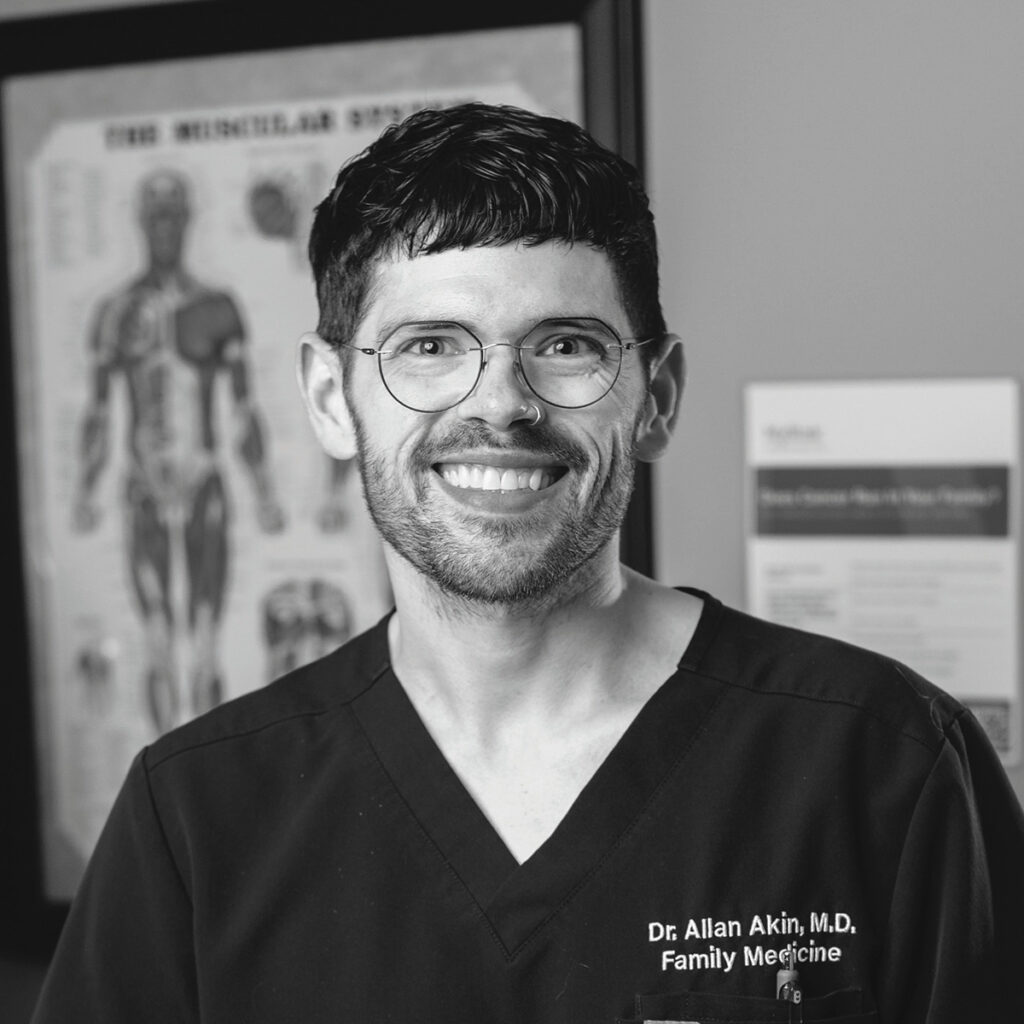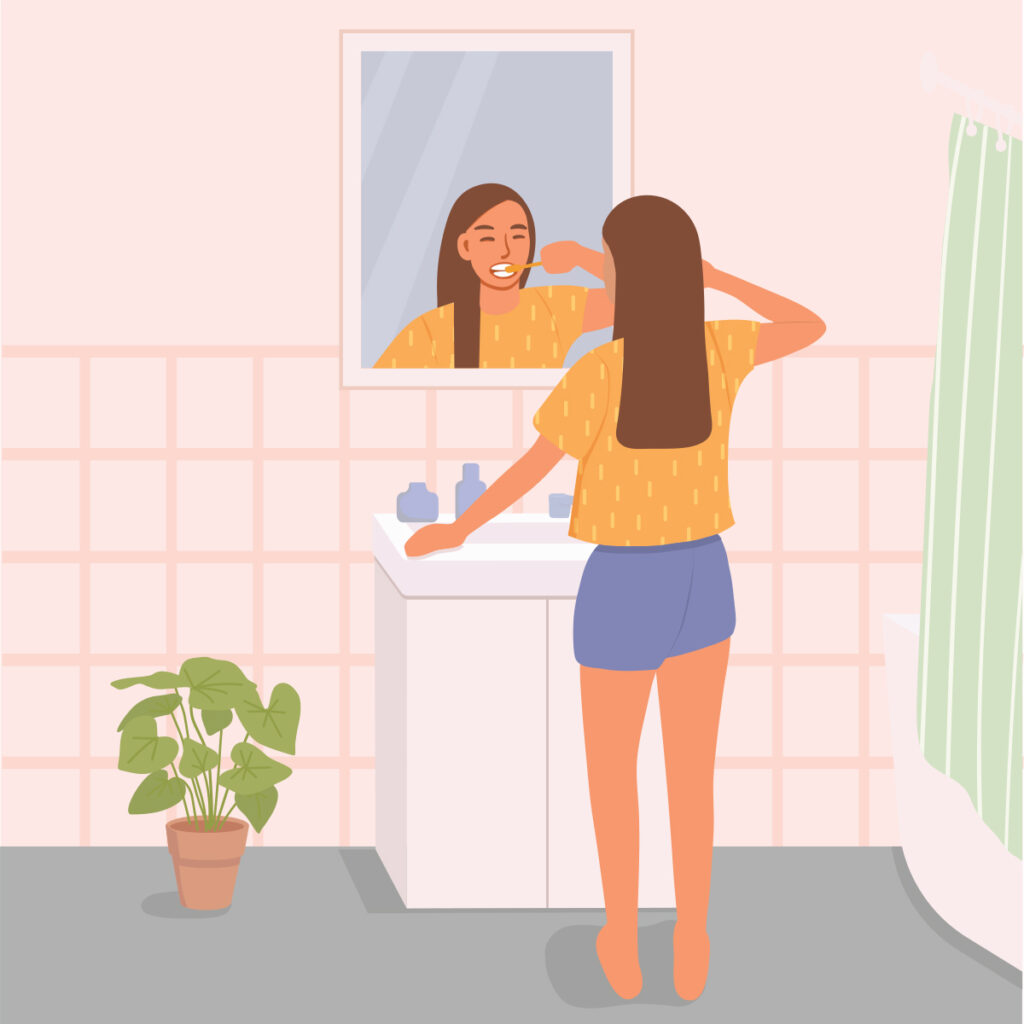The Baby Boomer generation is aging, and as the years go by, the wear and tear on the body begins to take its toll. Such is particularly true of the moving parts. The simple activities of day-to-day life can cause the onset of osteoarthritis, the most common form of a disease which currently affects about seventy million Americans, twenty-one million of whom are over the age of sixty-five.
How to Ease the Pain
By Mike Haskew
Osteoarthritis is most often associated with the degeneration of cartilage, a tough, slick tissue which allows bones to function in close proximity to one another without actually grinding or interfering with complementary movement. Cartilage also serves as a shock absorber, protecting bones and joints from excessive damage due to physical activity or exertion. When osteoarthritis manifests itself, the outer layer of cartilage has begun to wear away. As the underlying bone surfaces come into contact with one another, swelling, pain, and inhibited motion may result.
Osteoarthritis differs significantly from the second most common form of the disease, rheumatoid. While osteoarthritis is routinely seen in older patients, rheumatoid arthritis strikes at an earlier age and involves the body’s immune system attacking cartilage and causing inflammation and the malformation of joints.
Dr. Suzan House, a rheumatologist with Arthritis Associates, commented, “Osteoarthritis is not typically an aggressive inflammatory form of arthritis like rheumatoid. At some time in their lives, people will have some deterioration in their joints, and with people living longer and tending to be overweight it becomes more prevalent.”
As individuals age, gender begins to play a role in diagnosis. Prior to the age of forty-five, osteoarthritis is more common among men, while more women over the age of fifty-five are known to have the disease. A study conducted in 2000 suggests that thirty-three percent of women and twenty-five percent of men suffer with osteoarthritis to some degree, and that women seem to experience greater muscle and joint pain than men. Most often, the disease affects the hands, neck, lower back, knees, and hips. By the year 2030, the number of Americans with osteoarthritis is expected to double to more than seventy-two million, and the disease is already the number one reason for joint replacement surgery.
According to Dr. Richard Brackett, a rheumatologist in practice locally for 19 years, females tend to visit their physicians more often than men, which may contribute to the larger number of osteoarthritis diagnoses among women. Rheumatoid arthritis, which may also affect the lungs and skin, tends to strike women four to five times more often than men.
Several factors contribute to the development of osteoarthritis, and lifestyle may be one of the greatest. Obesity has reached epidemic proportions in the United States, and, logically, the heavier the load which a joint must bear the more likely that joint is to develop wear early. Over time, cartilage degrades, and osteoarthritis manifests itself with pain, stiffness, swelling, a crunching feeling in a joint, or the sound of bone on bone. As the disease progresses, joint damage and deterioration are often visible on x-rays. Eventually, an individual’s ability to function normally may be severely impacted. Physical activity becomes more painful, and productivity at work and the enjoyment of leisure activities may decline.
“Certain families have it clustered in them, and there is a genetic background to it,” related Dr. Brackett. “Weight loss and exercise are the cornerstones of treatment. Osteoarthritis is not reversible, but you can delay its progression. It is also interesting that men complain more of back pain with osteoarthritis than women.”
Dr. House advised, “Being appropriately sized and as close to your ideal body weight as possible will help prevent lower extremity osteoarthritis. If someone is really heavy and they lose 10 pounds, they may be able to decrease their symptoms.”
Dr. Joseph Huffstutter of Arthritis Associates added, “One way to look at the disease is that you can slow its onset. Make sure you are at optimal body weight. Heavier people are more prone to osteoarthritis because more weight on a joint makes it wear out more quickly.”
Other factors in the development of osteoarthritis are heredity, age, and any prior injuries. “Some of it does involve genetics,” noted Dr. House, “and people who have parents with really bad osteoarthritis tend to develop it. People will say things like, ‘I have my dad’s or my mom’s hands.’ Those aren’t weight bearing joints, so it is more than weight. Stress contributes. Genetics contribute. If you were in a motorcycle wreck and messed up your knee or got injured playing sports, then osteoarthritis is more likely. The disuse and atrophy of muscles can also cause deterioration.”
Physicians will typically begin their path to diagnosis by asking a patient to describe their symptoms, particularly the level of pain they may be suffering and its changes over time. Any existing medical conditions and medications the patient may be taking are considered as a course of treatment is constructed. A general physical examination measures the patient’s overall health, mobility, and range of motion in affected joints. X-rays may disclose any cartilage deterioration, bone damage, or the presence of bone spurs which can cause pain. If pain is present, the doctor may order an MRI (magnetic resonance imaging), which generates detailed images of internal structures and tissues. Additional tests are usually ordered to determine whether other health issues are present.
“When someone visits the doctor, the first thing to do is confirm the diagnosis,” Huffstutter commented. “We need to make sure that there is nothing else going on and then determine how the disease is affecting the patient. If the knee, hip or back is affected, then we would make sure that they are at the ideal body weight, and then unstable joints can be helped with physical therapy or braces to support or stabilize them.”
Physicians strive to achieve four simple goals in the treatment of osteoarthritis. These include control of pain, improvement of joint function, maintenance of optimal body weight, and the achievement of a healthy lifestyle. In most cases, the treatment of osteoarthritis centers around the management of symptoms – primarily pain.
“Usually, there is not a whole lot of inflammation going on with osteoarthritis,” said Dr. Brackett. “First of all, heat and rest can improve chronic pain and stiffness. Exercise can improve range of motion. For medicines, the first order of business is a trial of acetaminophen, like Tylenol. That should be done first. Then, it gets a little more complicated because you have to individualize treatment at that point. One option is weighing the benefits of mild narcotics versus those of non-steroidal anti-inflammatory drugs (NSAIDs) like ibuprofen and naproxen.”
When it comes to leading a normally active life, the management of pain is crucial for osteoarthritis sufferers. “Basically, pain control is a big point,” noted Dr. House. “Some folks have an inflammatory component, but it is not common at all. It is true that they may have osteoarthritis, but they may go out in their garden and tear up their hands and need a little prednisone for a short time. Acetaminophen is the safest analgesic, and NSAIDs can cause complications. Older folks who use them regularly should be careful and consult their physician.”
In severe cases, joint replacement surgery may be the best course of treatment. A recent study in the New England Journal of Medicine questions the benefit of arthroscopic surgery on the knee joint for the relief of osteoarthritis. “Somebody who has a torn ligament can have it repaired, but arthroscopic surgery really doesn’t do much for a person with run-of-the-mill osteoarthritis,” explained Dr. Brackett.
Future treatment for osteoarthritis is likely to improve, and research into the disease is gaining momentum. According to Dr. Huffstutter, in spite of the fact that it is the most common of the 150 diseases in the arthritis family, osteoarthritis may in fact be the malady which is least understood.
“Arthritis means simply ‘inflammation of the joint,’ and anything that causes a joint to become inflamed is called arthritis,” he offered. “We don’t understand osteoarthritis nearly as well as more inflammatory arthritic conditions such as rheumatoid, gout, or lupus. What drives a lot of research in a capitalistic society is money, and pharmaceutical companies have made lots of money on rheumatoid treatments. Now, they are looking at osteoarthritis and pouring money into that. The Arthritis Foundation is also raising money, working hard to increase understanding, and helping determine how we can effectively intervene in the treatment.”
Huffstutter advises that the course of osteoarthritis is unpredictable. While medications may mitigate the pain and the disease may progress slowly, some patients will, without doubt, require joint replacement surgery in order to function.
The aches and pains or more complex issues surrounding osteoarthritis can be managed. The key to effective management is for the individual to seek treatment in a timely manner, heed the advice of the physician, and take action to improve his or her own quality of life.
5 Signs You Have a Vitamin B12 Deficiency




